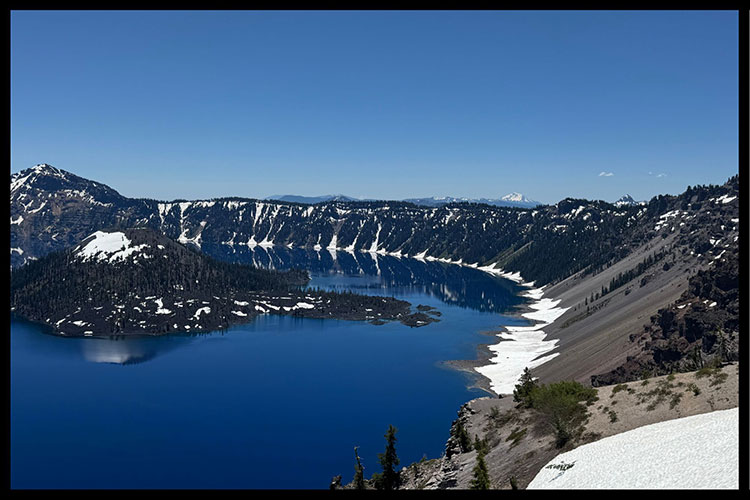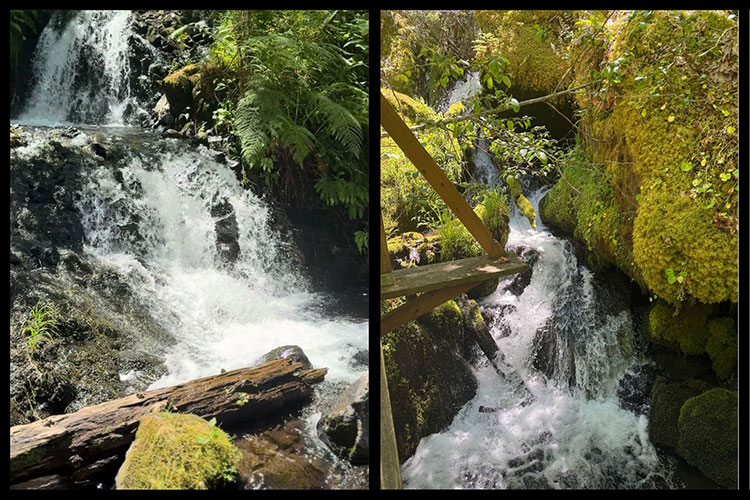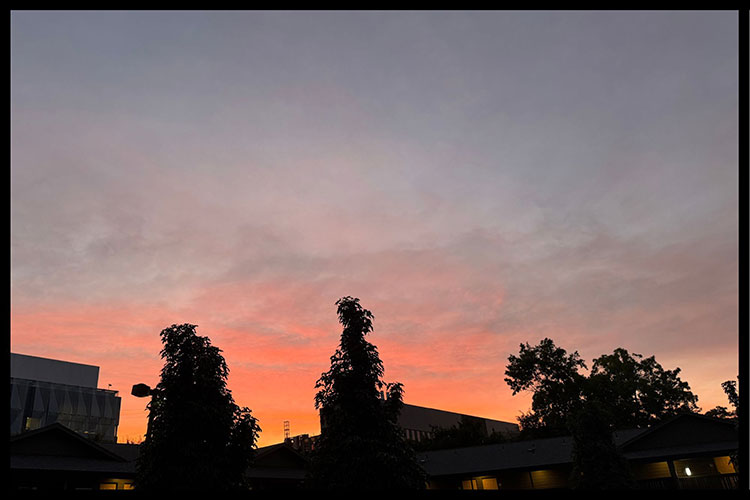
What we're talking about!
Check back often for updates!
Where Curiosity Meets the Open Road.
Image: Umpqua National Forest
Road trips: for many families, they're a quintessential part of summer, filled with singalongs, snack breaks, and the endless "Are we there yet?" But what if those long stretches of highway and winding scenic routes could become living classrooms? What if every bend in the road offered a new scientific discovery, turning your family adventure into an exciting science expedition?
There’s something magical about piling into the car, hitting the road, and watching the landscape change outside your window. But road trips aren’t just about getting from point A to point B—they can be incredible opportunities for kids to experience science in the real world. At PopSmart Academy, we believe that learning doesn’t stop when class ends, and that nature is one of the best teachers of all.
This summer, why not turn your family’s scenic drive into a science expedition on wheels? From towering waterfalls to fiery sunsets, there’s a world of natural phenomena just beyond the curb waiting to be explored. All it takes is curiosity, observation, and a few good questions.
Recently I took a road trip down the West Coast with my family, and it was super fun nerding out about scientific facts throughout the drive and at our numerous stops. Here are four fascinating science moments to explore with your kids the next time you hit the road.
Krummholz Trees: Nature’s Wind Sculptures

Image: Krummholz Trees in Crater Lake National Park
Driving through high mountain passes, you might notice short, twisted trees clinging to the rocky slopes. These are krummholz trees—a German word meaning “crooked wood.” These trees grow where conditions are so extreme (cold temperatures, fierce winds, short growing seasons), that they don’t grow completely straight. Talk to your kids about how plants adapt to survive in harsh environments and why nature sometimes favors low and twisted over tall and straight.
You could ask: “If you were a tree living in a snowstorm 8 months a year, what would you look like?”
A broken stump or a twisted tree trunk can easily turn into a snake’s head or a monster rising from the ground—if you use your imagination! Nature's shapes are full of surprises, and it's always fun to turn them into stories with the whole family.
Calderas: Giant Clues to Earth’s Fiery Past
 Image: Crater Lake, Oregon
Image: Crater Lake, Oregon
If your road trip takes you near a dormant volcano or a vast sunken valley, you might be looking at a caldera—the massive crater formed when a volcano erupts, and the summit collapses on the empty magma chamber below. Crater Lake in Oregon is a great example of a caldera, formed by the eruption of Mount Mazama nearly 7,700 years ago. Calderas give us a peek into Earth’s volcanic past and help kids understand the power of geologic forces beneath our feet. A caldera is a large depression formed when a volcano erupts and collapses. During a volcanic eruption, magma present in the magma chamber underneath the volcano is expelled, often forcefully. When the magma chamber empties, the support that the magma had provided inside the chamber disappears. As a result, the sides and top of the volcano collapse inward.
You can try to simulate this at home by using a deflated balloon or crushed soda can and bury it under a small layer of sand or gravel to model what happens to the surface when a volcano collapses.
Waterfalls on Lava Formations: Frozen Fire Meets Flowing Water
 Image: Whitehorse Falls along Clearwater River, Oregon
Image: Whitehorse Falls along Clearwater River, Oregon
In regions shaped by ancient lava flows, you may find waterfalls plunging over black, rugged rock. These lava formations are now solid rock, but they were once glowing rivers of molten magma. Watching a waterfall cascade over volcanic rock is a perfect way to talk about the rock cycle, erosion, and the interaction of fire and water in shaping Earth’s surface.
Try asking your kids to imagine what the land looked like when the lava was still moving—and how long it took to cool!
Red Sunsets: A Lesson in Light and Air

As the day winds down and the sky turns brilliant shades of red and orange, you have the perfect moment to explore why sunsets paint such beautiful colors across the sky. It’s all about the way sunlight interacts with particles in the air. Sunlight is white light, which consists of seven colors–the ones you see in a rainbow when all the components of white light split up (Remember ROY G BIV: Red, orange yellow, green, blue, indigo, and violet!). Light is only scattered (bounced away) when it hits particles in the atmosphere that are smaller than its wavelength (the distance between crests when light behaves like a wave). Among the seven colors, red light has the longest wavelength, which means it can go the farthest without getting dispersed (it bounces off fewer particles). During sunset, the sun is lower in the sky, so its light has to pass through more of the atmosphere. The blue light scatters away, and the reds and oranges are what we see. On the contrary, blue light has the shortest wavelength and the highest frequency, which is why it disperses across the sky, making the sky look blue.
To explore the subject even more, you could ask “Why doesn’t the sky look red at noon?” and talk about how light travels through air in different conditions!
There are so many interesting ways science appears in everyday life, especially with light. You could have conversations about when light behaves like a wave and when it behaves like a particle, and even how it interacts with surfaces by absorbing, reflecting, and refracting!

Image: Crater Lake, Oregon
Nature is our greatest guide, our perfect reset, and our constant source of care. With just a little curiosity and conversation, your family road trip can become an exciting hands-on science lesson! Whether you’re crossing a mountain pass or watching the sky change color, there’s always something to explore. Let your kids lead with their questions and take breaks along with some detours to observe what’s around you.
Every scenic byway is a science lab in disguise—and every child is an explorer at heart.
Inspired by what you've seen? Do you want your child to embark on their own journey of growth, discovery, and success? Join the PopSmart Academy family! We're ready to ignite their curiosity, nurture their talents, and help them unlock their full potential.
Help your kids fall in love with reading!
Need a list of amazing books to get your kids inspired about writing their own stories?
Grab your free copy by completing the form.
We'll email you the ebook!